Building History: The First Savings Bank of Debrecen
The Debrecen Cultural Center building on the corner of Piac and Kossuth Street once housed the city’s oldest financial institution, the First Savings Bank of Debrecen.
Are you looking for something to do today? Well here’s what’s hot right now. Only the best things to see and do while in Debrecen over the next week and beyond, upcoming events that will stir your emotion, you will never want to leave after your Debrecen Experience.
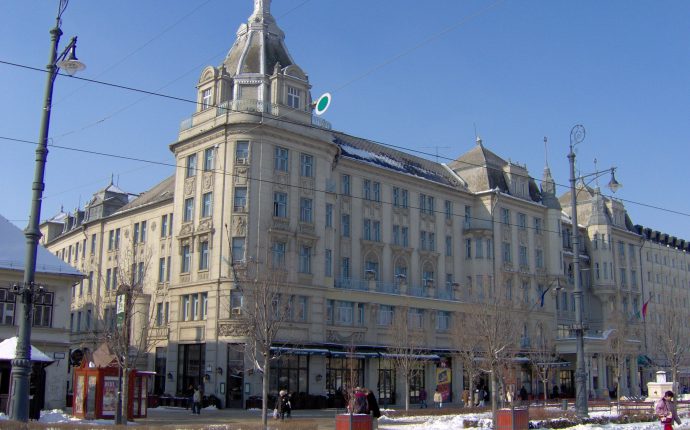
The Debrecen Cultural Center building on the corner of Piac and Kossuth Street once housed the city’s oldest financial institution, the First Savings Bank of Debrecen.
The Debrecen Cultural Center building on the corner of Piac and Kossuth Street once housed the city’s oldest financial institution, the First Savings Bank of Debrecen.
The financial institution started its operation in a small shop leased in the town hall in 1846 and later acquired the properties of the neighbouring buildings on the corner of Piac and Kossuth Street in 1868. The acquisition included the two-story “Táncos Kovács” House, the Auer House, and the Radl house.
The bank outgrew its two-story “Táncos Kovács” headquarters shortly thereafter and designed an impressive three-story palace to replace it.
(more…)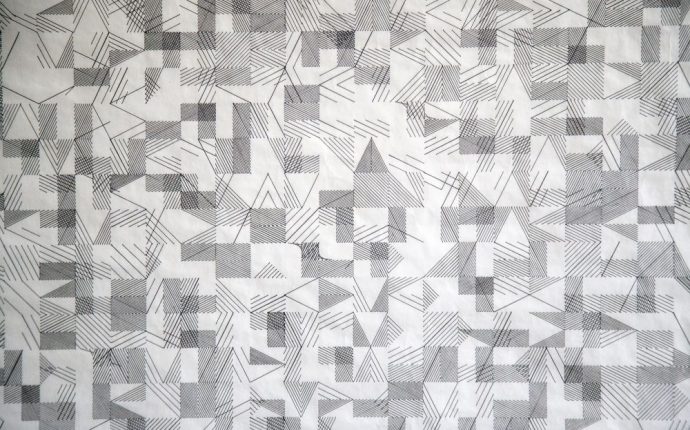
The world’s first female computer artist, Vera Molnar, went to Paris in 1947 after studying art in Budapest and Rome.
The Hungarian artist, who has lived in Paris for more than 70 years, is a pioneer of computer art. By developing the principle of Machine Imaginaire, the ever-experimenting, tireless Vera Molnar laid the foundations for an algorithmic work of art based on aesthetics: she defined a machine that works according to a program according to certain rules and generates works of art. However, the decision here, as in any creative process, belongs to the artist, so it is as much a part of the work as the construction of the algorithm.
(more…)
If you enjoy ballet and dance in general then there are two dates to bookmark in the coming months. The performances are to be held on the Nagyerdei Open-Air Stage thus minimizing Covid-19 risk.
If you enjoy ballet and dance in general then there are two dates to bookmark in the coming months. The performances are to be held on the Nagyerdei Open-Air Stage thus minimizing Covid-19 risk.
Firstly, in August there is an adaptation of Lev Nikolayevich Tolstoy’s Anna Karenina by the Ballet Company of Győr, and in September an adaptation of Wass Albert’s “The Witch of Funtinel” by the Debrecen Folk Ensemble.
(more…)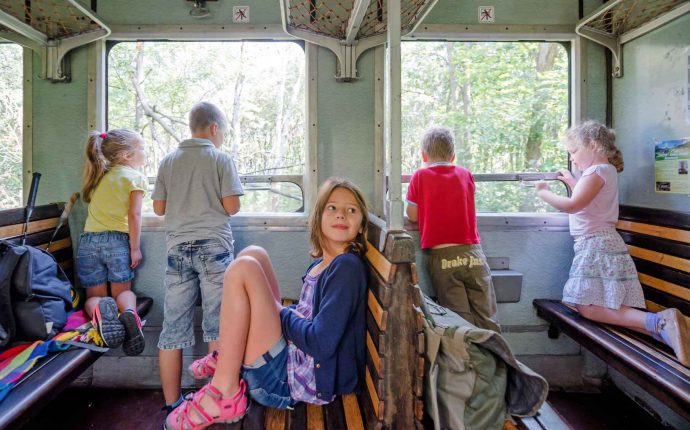
On 18th July 2020, the Zsuzsi narrow gauge railway re-opens to the public after a long period of renovation and reconstruction. Learn about the history of the railway here.
The Zsuzsi railway came to be because “the city of Debrecen wanted to cultivate its 37.4 km2 forest, which is located 24-38 km from the city near Gúth.” A Railway was needed to transport the harvested wood. Therefore the city announced a tender for the construction, operation, and supply of the harvested timberline.
The tender was won by Kopf-Steinberger contractors and the first section of the railway was opened on July 16th, 1882. This was the 21.5 km section between Debrecen-Fatelep and Nyírmártonfalva. The railway was built in a way unique to the country, with a track gauge of 950 mm.
(more…)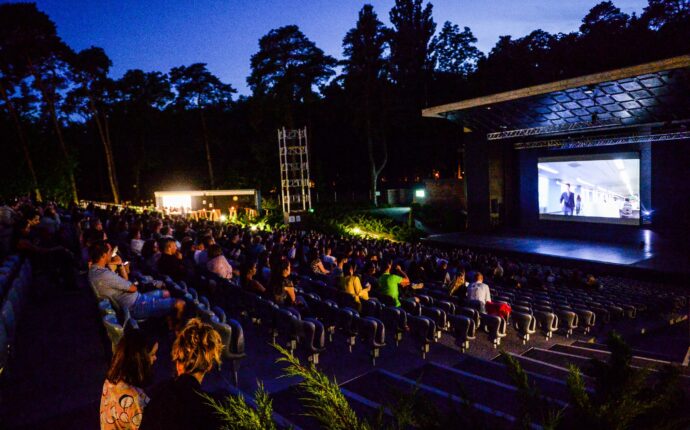
In 2019, the Nagyerdei Outdoor Games delighted the audience with the excellent theatrical productions in collaboration with the most sought-after star actors and musicians, as well as showcasing cult films of the world.
In 2019, the Nagyerdei Outdoor Games delighted the audience with the excellent theatrical productions in collaboration with the most sought-after star actors and musicians, as well as showcasing cult films of the world.
This summer the Great Forest Open Air Theatre celebrates its 70th birthday. It opened its doors with Zoltán Kodály’s song Székelyfonó in June 1950 and was the first and only permanent,.outdoor stage in Debrecen. It also showcased the County Prima Prize-winning Debrecen Folk Ensemble (Debreceni Népi Együttes) introducing them to citizens.
(more…)
During the Flower Carnival week, 15th-22nd August, the organizers will be waiting for gastronomic lovers in the Great Forest, with a real picnic atmosphere.
During the Flower Carnival week, 15th-22nd August, the organizers will be waiting for gastronomic lovers in the Great Forest, with a real picnic atmosphere.
Following the example of the highly successful Debrecziner Gourmet Festival, the Debrecen Piknik is organized with the support of the Stylish Rural Restaurant (Stílusos Vidéki Éttermiség; SVÉT). Those visiting the event can meet the following rural and local restaurants:
(more…)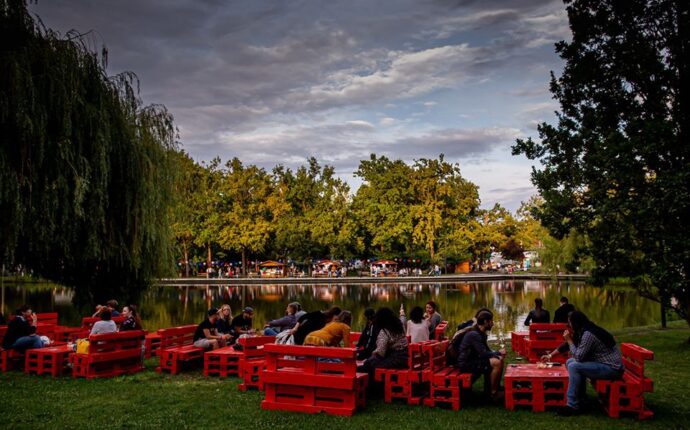
The Debrecen Jazz Days has been held every year, without interruption since 1972. This year will be no exception, It will be organized from 15th to 22nd August for the 49th time. The event will celebrate its 50th anniversary next year.
The Debrecen Jazz Days has been held every year, without interruption since 1972. This year will be no exception, It will be organized from 15th to 22nd August for the 49th time. The event will celebrate its 50th anniversary next year.
Debrecen Wine and Jazz Days is a social event with wines and music taking place in the Great Forest. The event contributes to the improvement of the quality of life for citizens by strengthening the good practice of cultured wine and listening to great music.
(more…)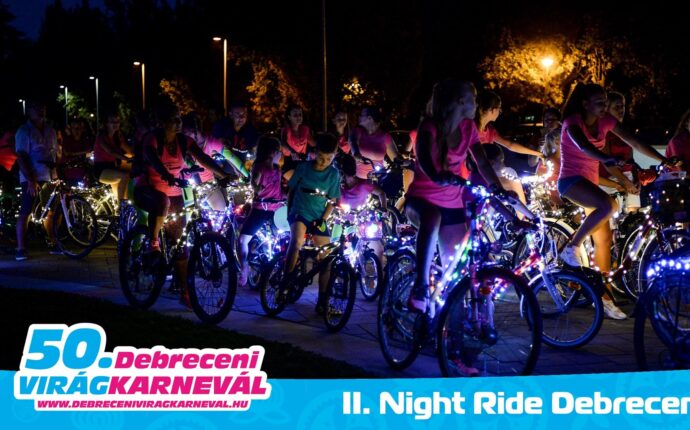
The Flower Carnival week, 15th-23rd August, will provide those interested with a flower extravaganza with both traditional and new programs.
The Flower Carnival week, taking place between 15th-23rd of August, provides a color extravaganza with both traditional and new programs.
In the early days of the carnival, the residents of Debrecen came together to decorate the first flower floats. This year this community experience will come back to life so that those interested can also take part in the decoration of the floats.
(more…)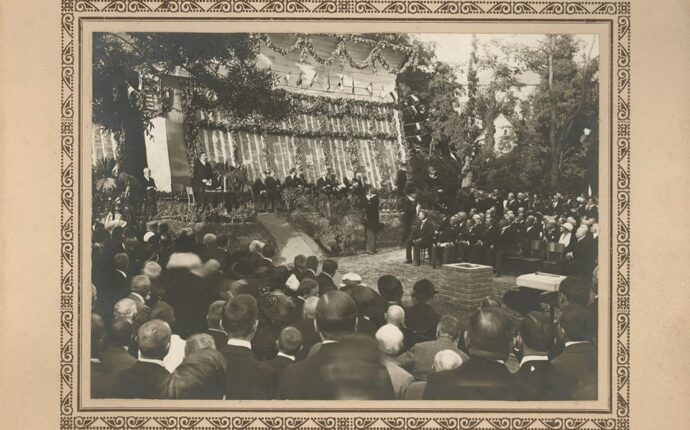
The site of today’s Déri Square was once a pond known as Paptava. From 1840 the first of the larger botanical gardens were located here, built for the natural history education of college students. By 1920, our pedunculate, European oak tree would have been only around 30 years old.
The site of today’s Déri Square was once a pond known as Paptava, which literally translates as “Priest’s lake”. From 1840 the first of the larger botanical gardens were located here, built for the natural history education of college students. By 1920, our pedunculate, European oak tree would have been only around 30 years old.
At the same time, the silk factory ower Frigyes Déri donated his antique collection covering the material of three parts of the world to Debrecen. Although Déri wanted to bear the construction costs, his unexpected death in 1924 put a stop to this.
(more…)
In addition to the city center, the Great Forest will become a lively cultural venue during the summer of 2020. Among other things, Flower Carnival Week will begin on the 15th of August.
In addition to the city center, the Great Forest will become a lively cultural venue during the summer of 2020. Among other things, Flower Carnival Week will begin on the 15th of August.
There will be several theatre productions held on the Open-Air stage, and in addition to these, the ‘Zsigmond Móricz Theater’ in Nyíregyháza will be a guest on-stage with a successful production which was selected together with director Szente Vajk for a Hungarian performance last year. Despite its light-hearted nature, the musical has an in-depth message that has a lot to say on the topic of equal opportunities for men and women, in the spirit of the #metoo campaign.
(more…)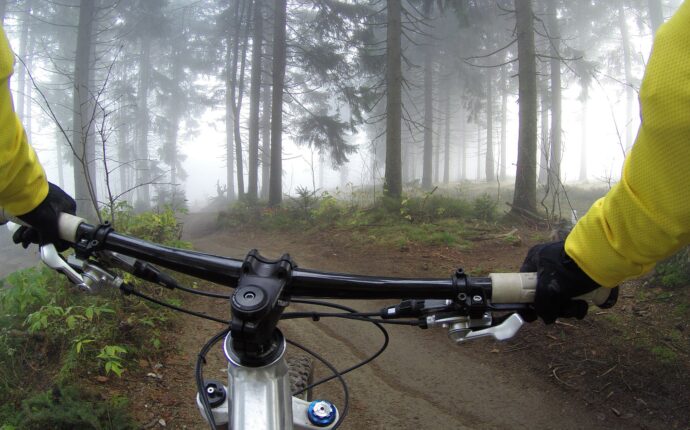
Debrecen has much to offer the cyclist, it has an 80+ kilometers bicycle path network, which is being extended by another 22 kilometers of cycle paths.
Debrecen has much to offer the cyclist, it has an 80+ kilometers bicycle path network, which is being extended by another 22 kilometers of cycle paths.
It is extremely easy to navigate in the city that has very little traffic, good roads, and diverse cycle paths. If you would like to cycle around, you can easily ride to many places both in and out of the city,
Within the city, it’s super easy to get around, we recommended riding to Kossuth Square, which is the heart of the city and then visit the Reformed College Museum to gain a greater understanding of the history of the city and the surrounding area.
(more…)
Just like last summer, this July holds unique experiences at the Debrecen Zoo. Weekly Evening Walks will make a return as a prelude to the upcoming Night at the Zoo. This time around, the ever-popular guided tour will also be available in English.
Just like last summer, this July holds unique experiences at the Debrecen Zoo. Weekly Evening Walks will make a return as a prelude to the upcoming Night at the Zoo. This time around, the ever-popular guided tour will also be available in English.
(more…)
Just like any other city, Debrecen has its own dark history with scandals, intrigues, violence, and murder which make for interesting reading. It’s a far cry from today, Debrecen is now considered one of the safest cities in Hungary, and yet the history remains. There are several interesting buildings and streets in the city that hide some scandalous history.
Just like any other city, Debrecen has its own dark history with scandals, intrigues, violence, and murder which make for interesting reading. It’s a far cry from today, Debrecen is now considered one of the safest cities in Hungary, and yet the history remains. There are several interesting buildings and streets in the city that hide some scandalous history.
(more…)
The previous one-day program called “Night of the Museums” Night will be extended to three days over the weekend, combining with the “Night of the Youth”, the “Night of the Literature”, the “Night of the Arts” and the “Night of the Music”.
Within the framework of the program series ”DEkult” a number of colorful cultural programs await those who visit Debrecen over the weekend.
The previous one-day program called “Night of the Museums” Night will be extended to three days over the weekend, combining with the “Night of the Youth”, the “Night of the Literature”, the “Night of the Arts” and the “Night of the Music”.
On June 27, during the traditional event “Night of the Museums”, the collections of the Reformed College and the Magda Szabó Memorial House will also join these programs.
(more…)